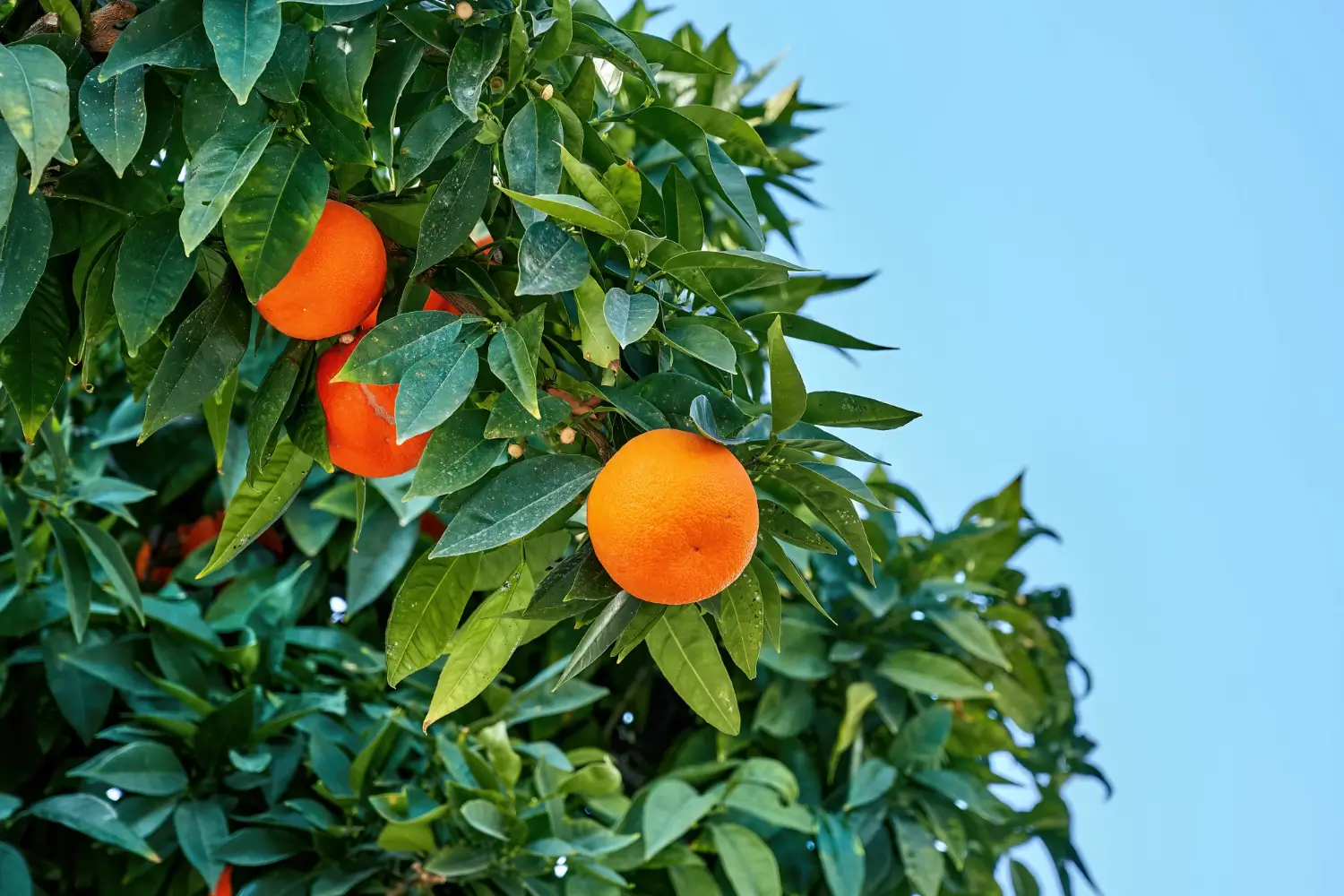
Soil Health & Fertilization
We unite suppliers and green industry professionals worldwide
Aeonium is the sculptural succulent with mesmerizing rosettes, bold color, and the ability to thrive with minimal fuss. The captivating succulent with symmetric rosettes and wonderful color variations, Aeonium is something everyone should grow
By Mariam Scott
|Published on July 06, 2025
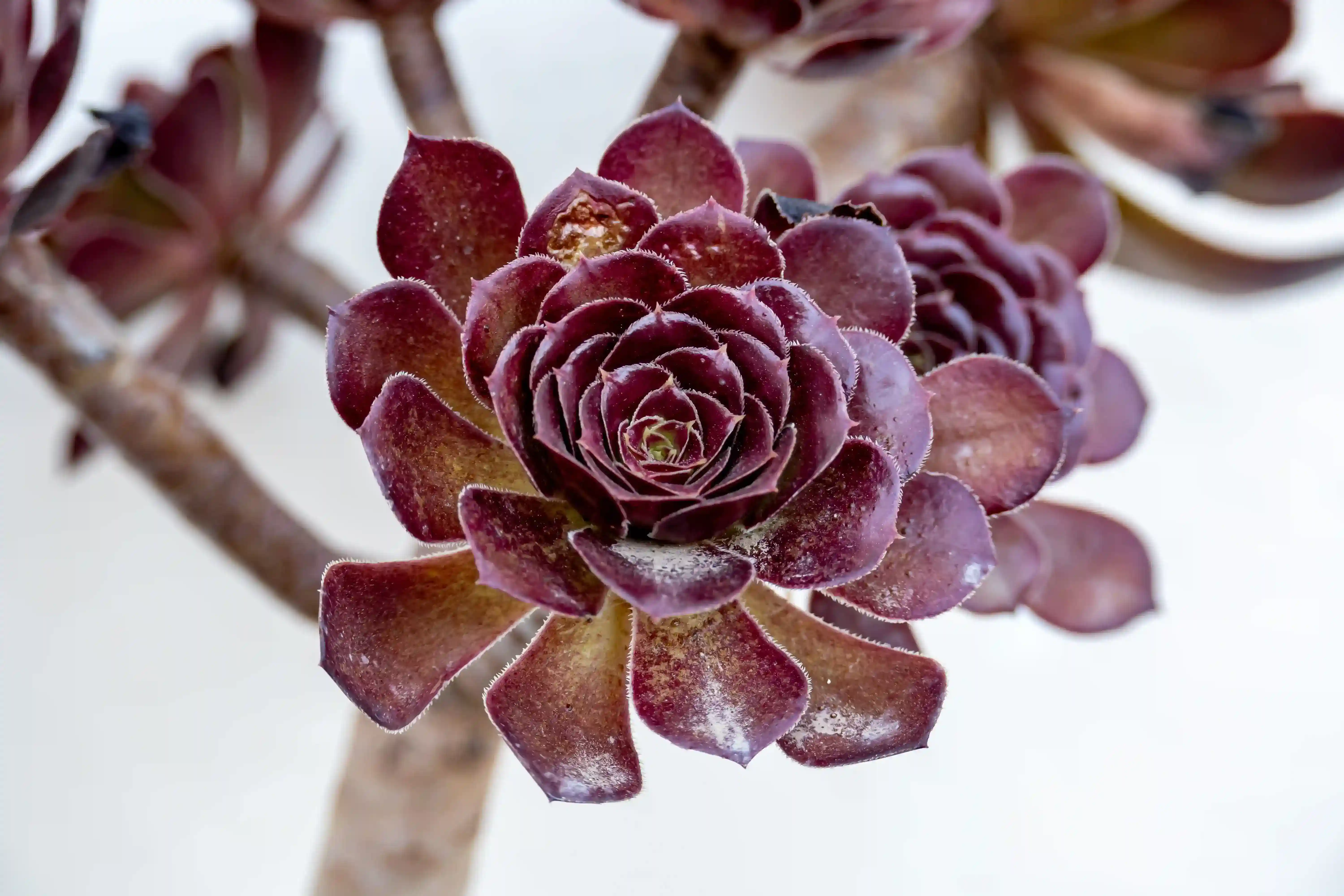

Ever wish you could grow a plant that looks like living art and asks for almost nothing in return?
Meet Aeonium — the sculptural succulent with mesmerizing rosettes, bold color, and the ability to thrive with minimal fuss. The captivating succulent with symmetric rosettes and wonderful color variations, Aeonium is something everyone should grow. Be it a novice or a sore thumb gardener, this plant will accentuate any house or garden and will create drama. Native of Madeira, the Canary Islands and parts of North Africa, Aeonium is a unique plant that is wonderfully low-maintenance and drought tolerant.
It is defined by long, thick stems covered in striking rosettes that range from deep green to purples and reds. Certain types even produce small star-shaped blossoms that attract pollinators such as bees, butterflies, and others.
| Common Name | Aeonium |
| Botanical Name | Aeonium spp. |
| Type | Succulent shrub |
| Height | Varies by species, typically 6 inches to 3 feet |
| Light Requirements | 4–6 hours of direct sunlight; morning sun + afternoon shade in hot climates |
| Soil Requirements | Well-draining cactus or succulent mix (potting soil + sand + perlite) |
| Watering Requirements | Moderate during growth (spring/fall); low during dormancy (summer/winter) |
| Hardiness Zones | 9–11 (USDA) |
| Bloom Time | Winter to early spring, star-shaped flowers (white/yellow) |

September 25, 2025
9 minute read
September 24, 2025
9 minute read
September 23, 2025
10 minute read
September 22, 2025
9 minute read


Join as a seller and connect with thousands of B2B buyers nationwide!
Sign Up
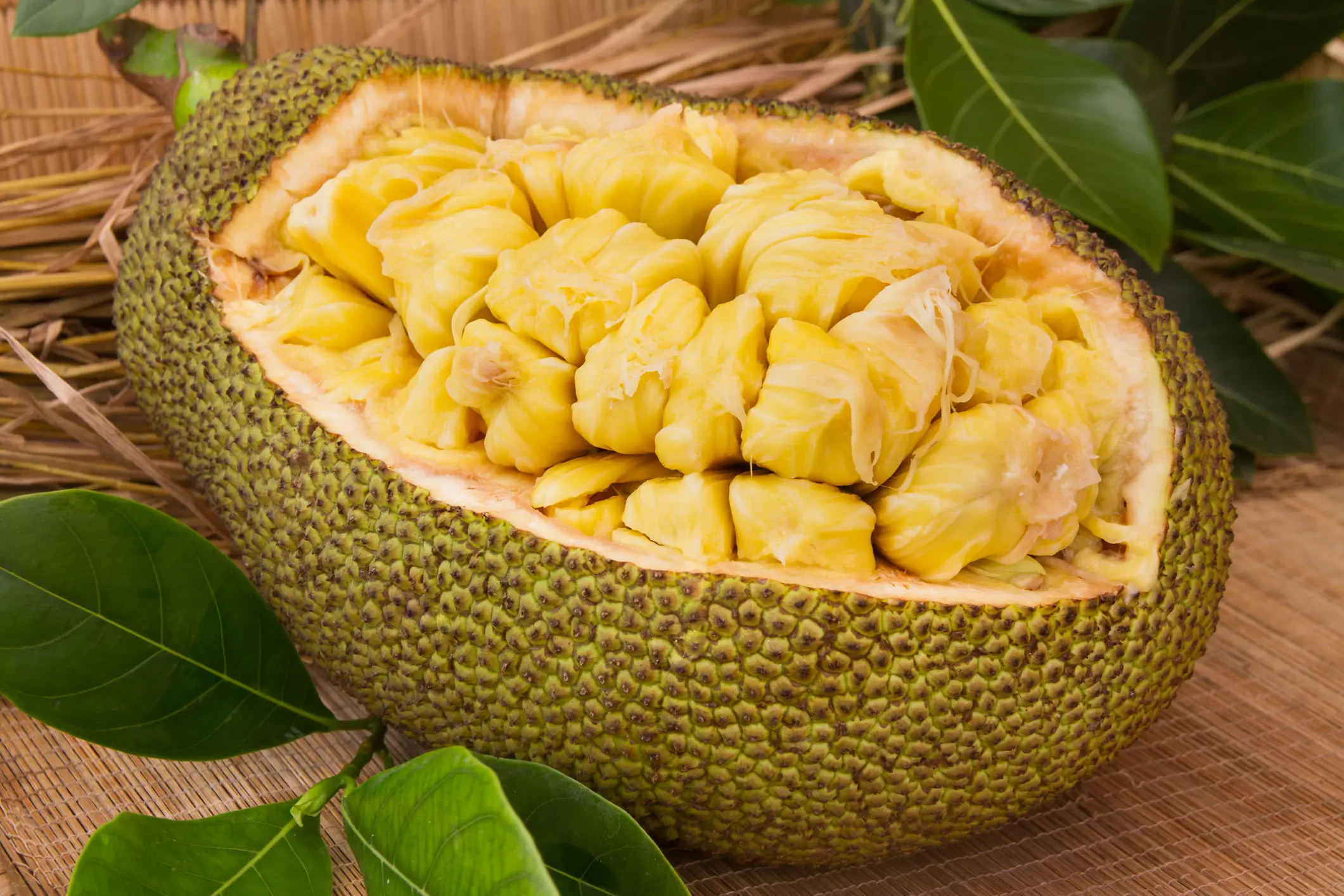
Jackfruit
A fast-growing tropical tree that yields enormous, nutrient-rich fruits with a sweet, exotic flavor
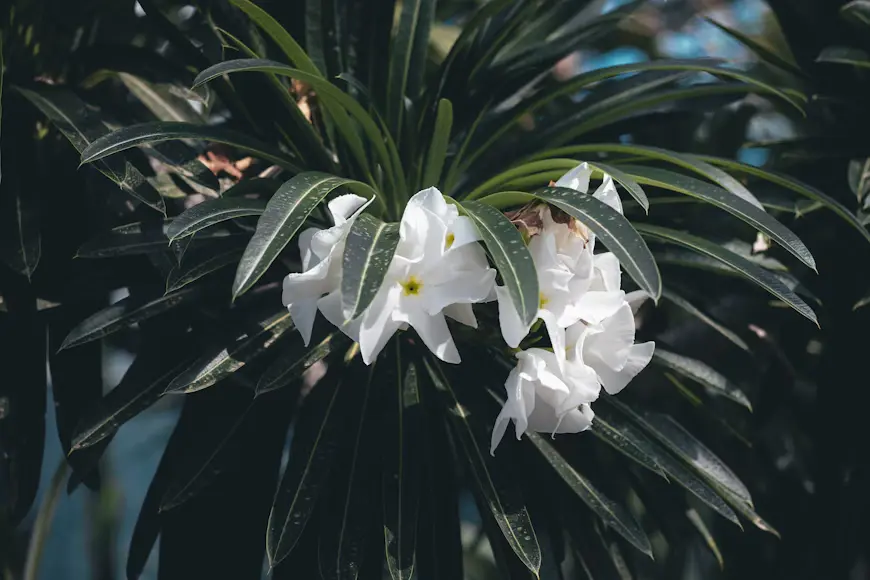
Madagascar Palm
The Madagascar Palm (Pachypodium lamerei) is a plant that has many gardeners wondering just that. Despite its name, it’s not a real palm, it’s a succulent, but it absolutely earns its place as a dramatic showpiece.
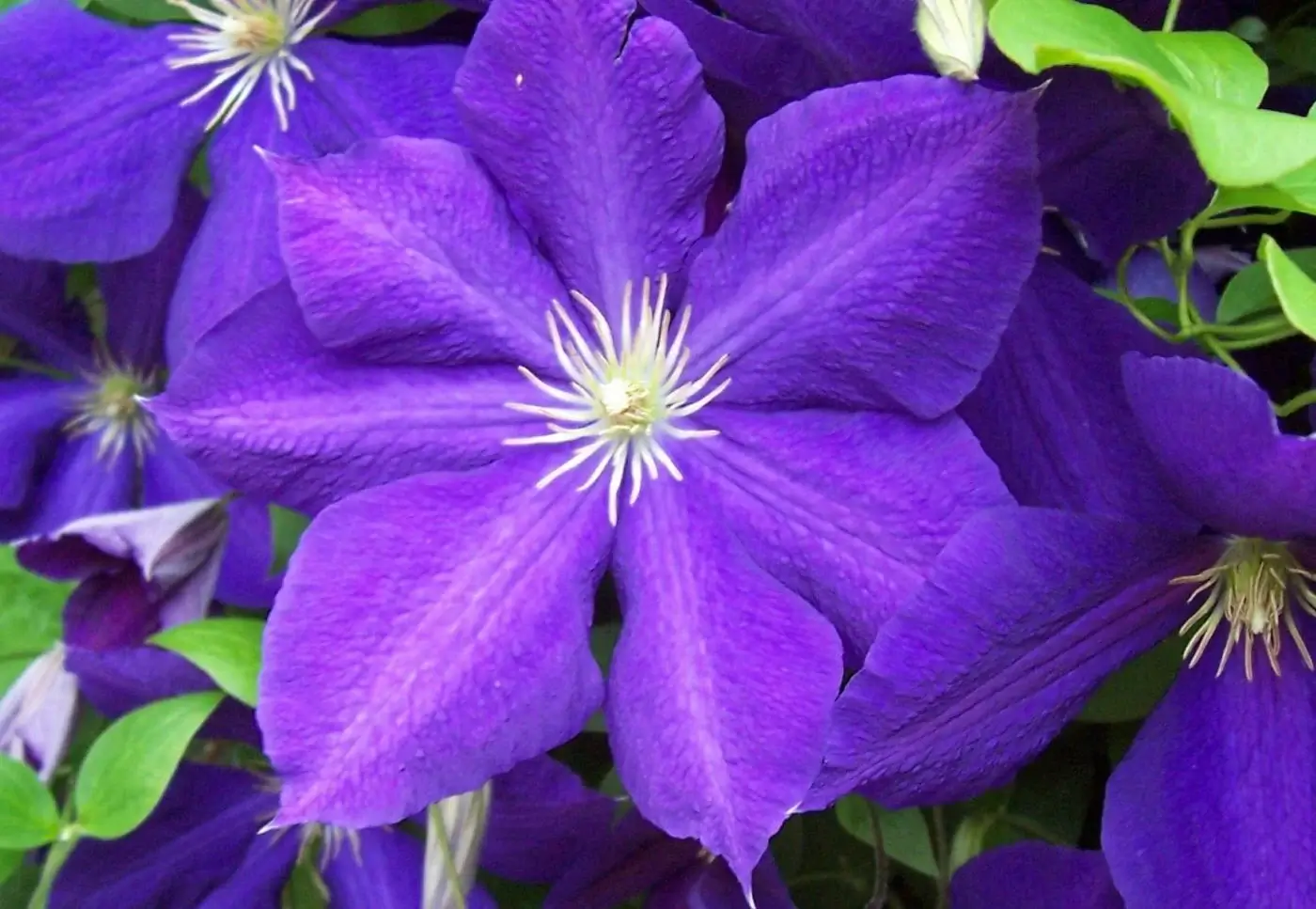
Jackman Clematis
A Beautiful Spring Climber that Adds Drama to Your Garden
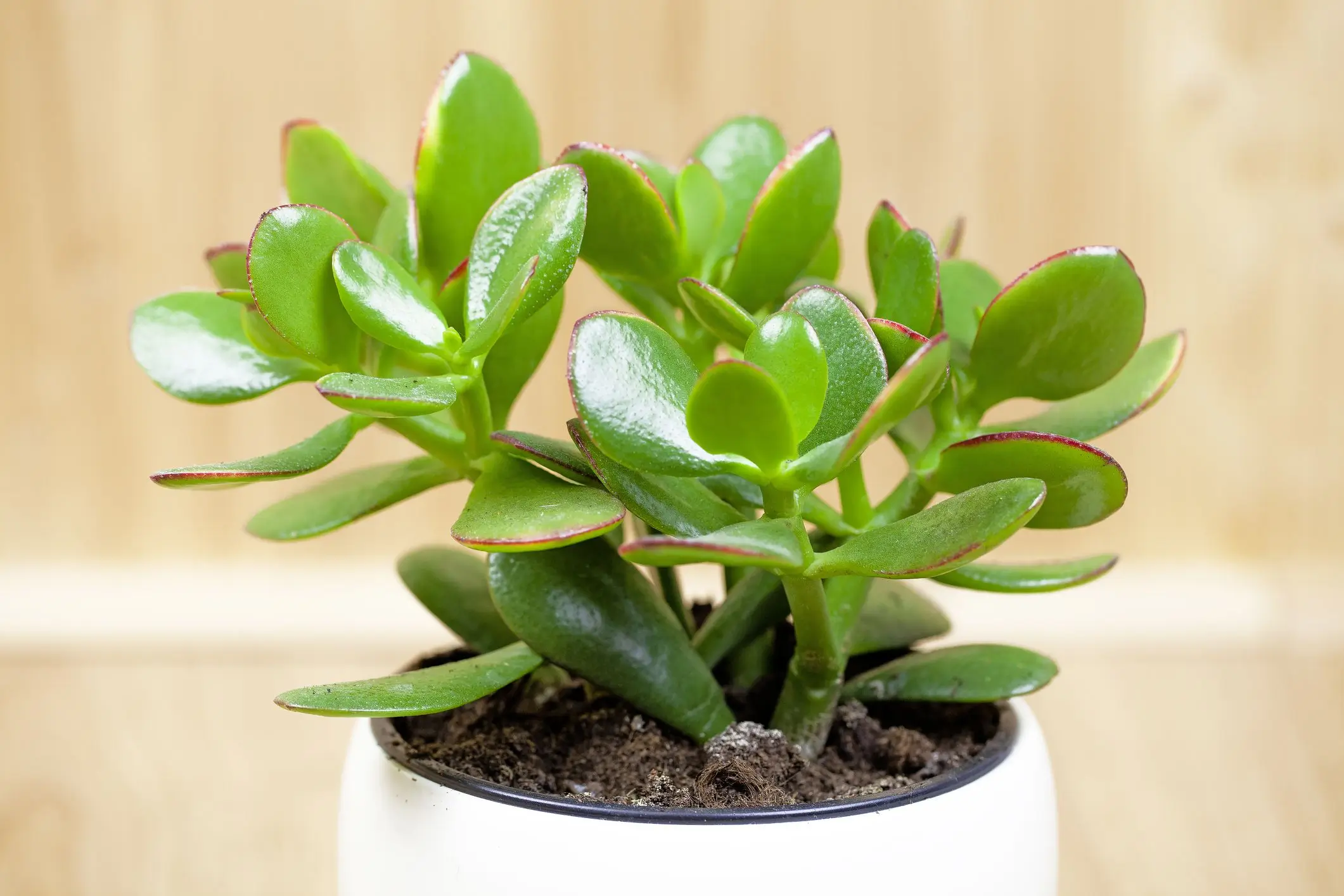
Jade Plant
A Timeless Succulent That Brings Elegance and Luck
Aeonium greatly depends on at least four to six hours of direct sunlight every day, and grows best under strong light. While it loves ample sunlight, extreme heat can be uncomfortable, so in very hot places, some shade in the afternoon can be beneficial. It can be put indoors near a south or west facing window as that guarantees it the necessary light.
Just like most succulents, Aeonium requires well-draining soil. A prepackaged mix designed for cacti or succulents is best, but a do-it-yourself recipe of equal parts potting soil, sand, and perlite will also do the trick. If the soil retains too much moisture, it is possible to prevent root rot—a common issue—through rapid drainage.
Aeonium loves the spotlight — quite literally. These rosette-forming succulents thrive with 4 to 6 hours of direct sunlight daily. Outdoors, plant them where they can soak in morning sun and enjoy a bit of afternoon shade, especially in hot climates. Indoors, a south- or west-facing window is your best bet. Too little light? Expect long, stretched-out stems and dull coloring. Too much harsh sun? Watch for scorched leaves. The key: bright but balanced light.
If Aeonium has a mortal enemy, it’s soggy soil. These succulents crave a well-draining mix that dries quickly and keeps their roots breathing easy. Use a cactus or succulent potting mix, or DIY your own with equal parts potting soil, coarse sand, and perlite. For container planting, make sure your pot has drainage holes — no exceptions. Want bonus points? Mix in some pine bark or shredded sphagnum moss for extra aeration and happy roots.
Aeonium doesn’t mind being ignored now and then — in fact, it prefers it. During its active growing season (spring and fall), water thoroughly, but let the soil dry out completely between waterings. In summer dormancy or winter rest, cut watering drastically — once every few weeks or even monthly may be enough Avoid the #1 killer: overwatering. No wet feet, no standing water, no soggy pots. Always err on the dry side — your Aeonium will thank you with plump, glossy leaves.
Pruning your Aeonium helps keep the plant compact, attractive, and thriving. While it's a naturally sculptural succulent, occasional trimming can encourage fuller rosettes and reduce legginess.
Pruning not only enhances the plant's shape but also rejuvenates growth, helping your Aeonium look more lush and vibrant.
Aeoniums are incredibly easy to propagate, making them perfect for expanding your collection or sharing with friends. You can multiply them by either stem cuttings or removing offsets (also known as pups).
1. Stem Cuttings
2. Offsets (Pups)
Both methods are simple and low-risk—just avoid propagation during the winter dormancy period for best results.
Container gardening offers an alternative to growing Aeonium as it provides mobility during season changes while giving control over soil conditions. For pots to be conducive for growth, having a diameter of five to six inches with drainage holes to prevent water accumulation is required as well as a depth of six to eight inches to provide room for root development.
A combination of braided pine bark with shredded sphagnum moss would provide beneficial aeration for the plant’s roots.
When growing Aeonium in pots, it is advisable to:
The best exposure for direct sunlight is four to six hours enabling the pot’s location to be maximized. During the active growth phase, it is best to apply a diluted balanced fertilizer monthly while avoiding fertilization during the plant’s dormancy in winter.
For Aeonium, outdoors is ideal when in USDA hardiness zones 9-11 but may struggle in the cold, below 30°F. The plant should come indoors or be covered with a frost cloth before the first frost in harsh conditions.
During the Aeonium dormancy period, its growth should be restrained to asynchronous watering and kept in a cooler yet sunny area ranging between 50 to 60°F.
Aeonium species usually bloom during winter to early spring, but in some cases, they may produce star-shaped flowers in white or yellow during other times. Proper watering, sufficient air circulation, proper sunlight, and adequate blooming in general appreciation are all essential requirements as well. Some species die after flowering which is called monocarpic die. Cutting flower stalks early prolongs lifespan to some extent and is beneficial.
During the initial stages of growth, they require little attention but some problems can still arise.
If grown indoors, aeonium does best when placed near a south-facing window where it can receive 4 to 6 hours of sun daily.
It should be watered during the growing season every one to two weeks and once a month in winter dormancy, and only after the soil is completely dry. Lack of proper temperatures will result in death, as aeonium will not survive frost and cold weather conditions.
With the right care, Aeonium can be a marvelous and vigorous addition to any plant collection. Regardless of placement whether inside in a yard or in a decorative pot, this unique succulent provides an opportunity to enjoy nature all year round with little maintenance.
During active growth (spring and fall), water when the soil is completely dry—usually every 1–2 weeks. In dormancy (summer or winter), reduce watering to once every 3–4 weeks or even less.
Not necessarily. Aeoniums naturally shed older leaves at the base of the rosette. However, sudden leaf drop may indicate overwatering, underwatering, or temperature stress.
Absolutely! Just make sure it gets 4–6 hours of bright, direct light—ideally near a south- or west-facing window.
This is a sign of insufficient light. Move the plant to a brighter spot and consider pruning the elongated stems to maintain a compact shape.
Some varieties are monocarpic, meaning the main rosette will die after flowering—but don’t worry! The plant often produces offsets (pups) that continue to grow.

Soil Health & Fertilization
Victor Miller
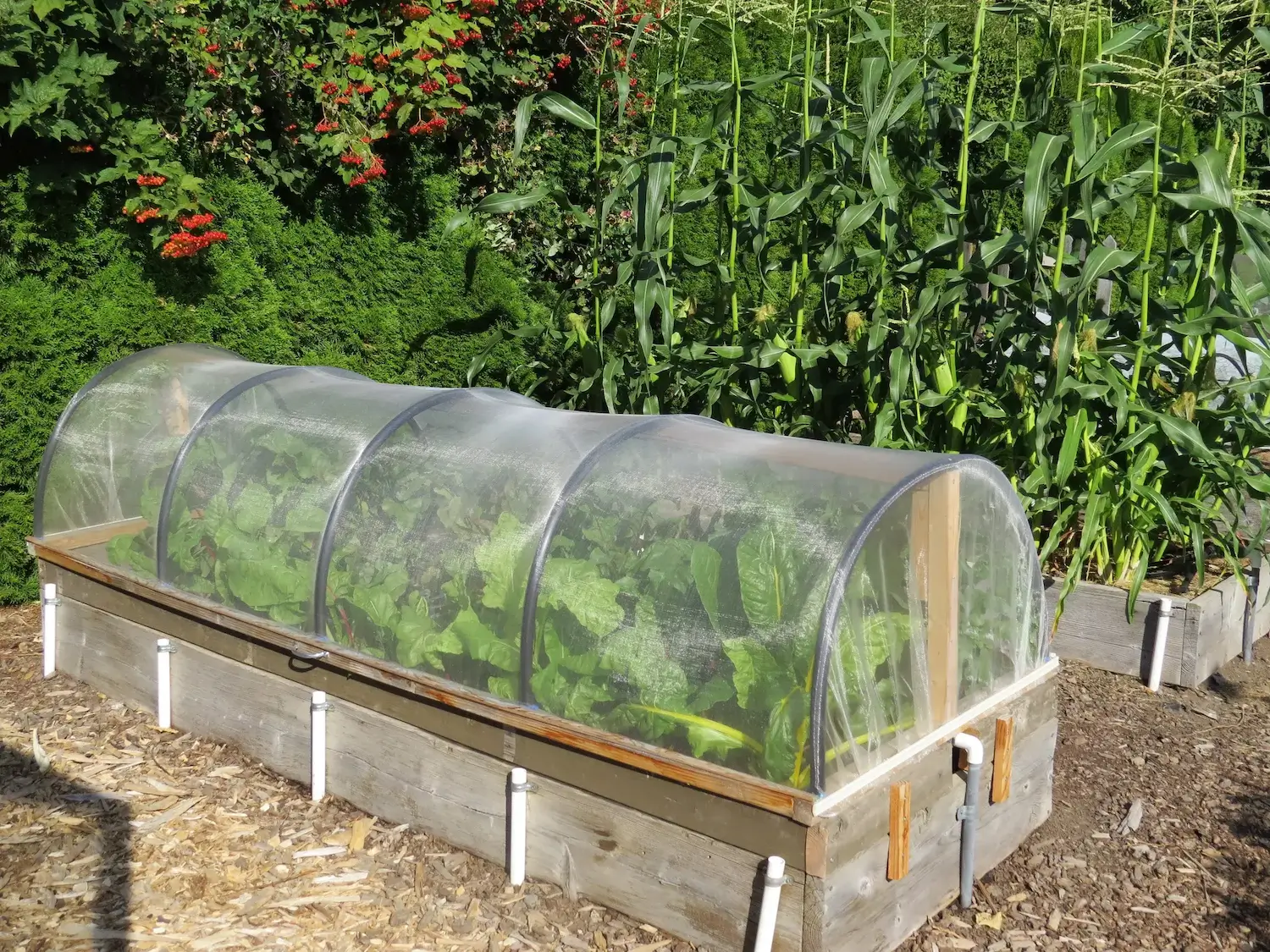
Pest Identification & Prevention
Victor Miller
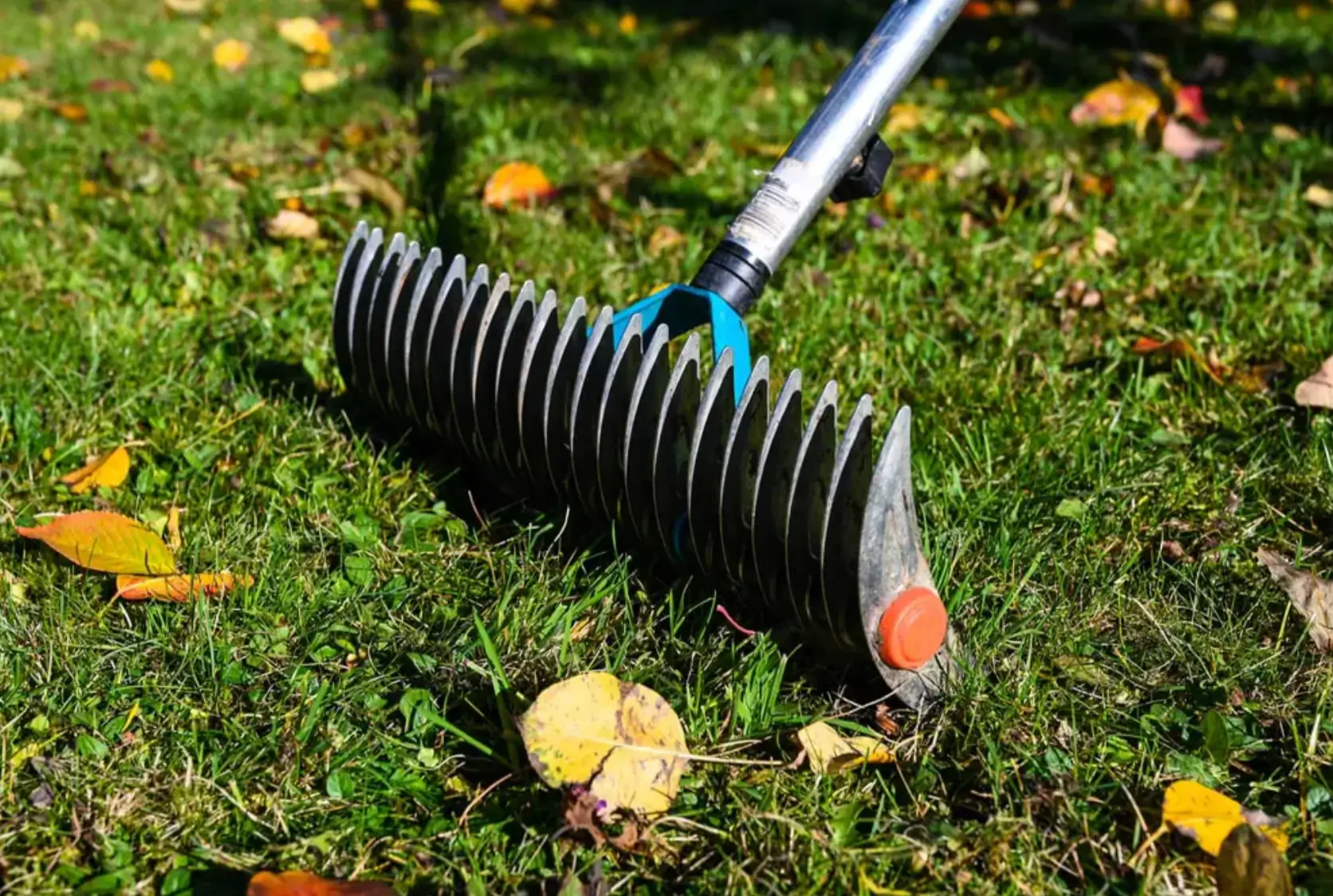
Lawn Care Tips & Maintenance
Victor Miller
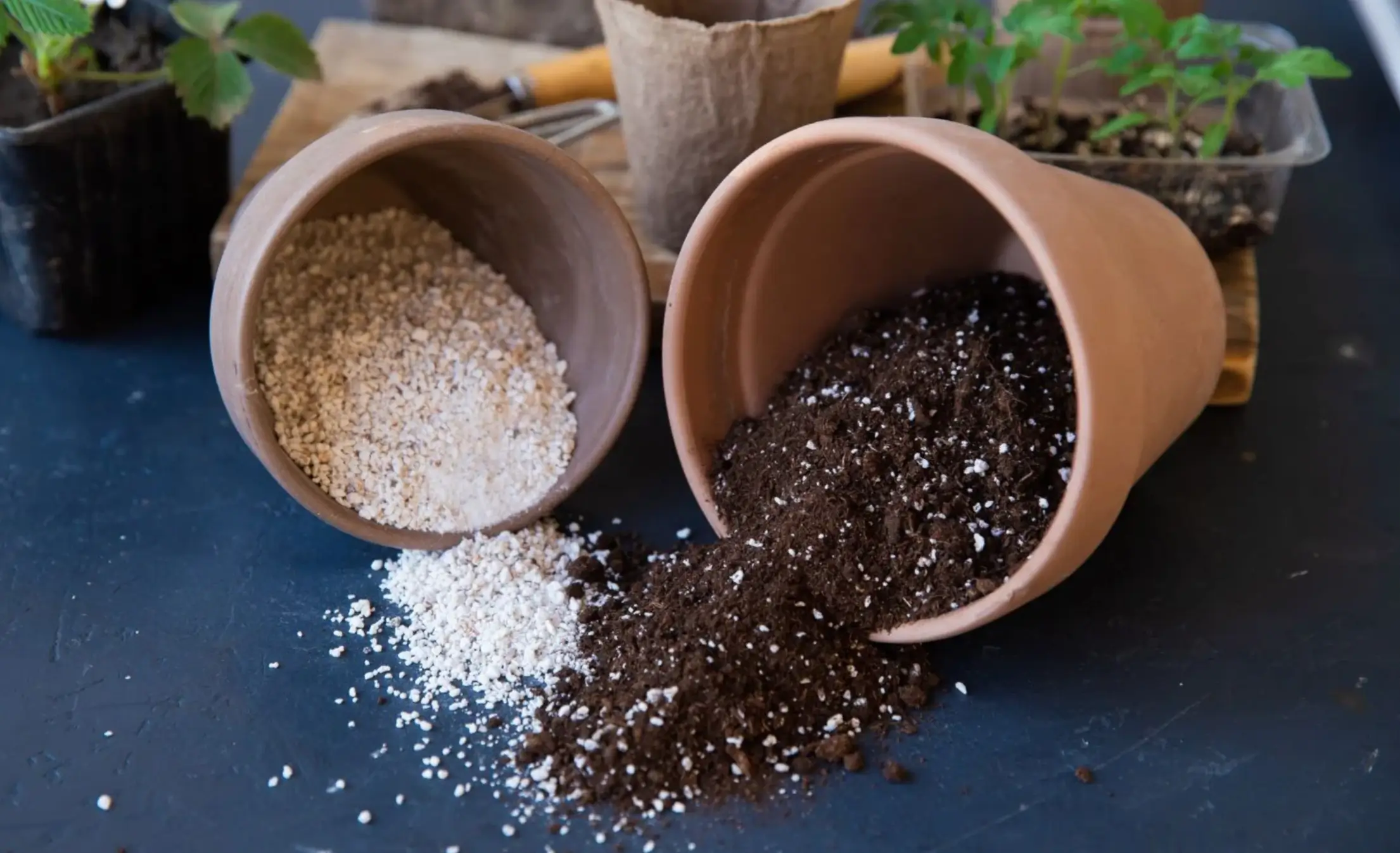
Soil Health & Fertilization
Victor Miller

Smart Irrigation Systems
Victor Miller

Patios, Walkways & Driveways
Victor Miller
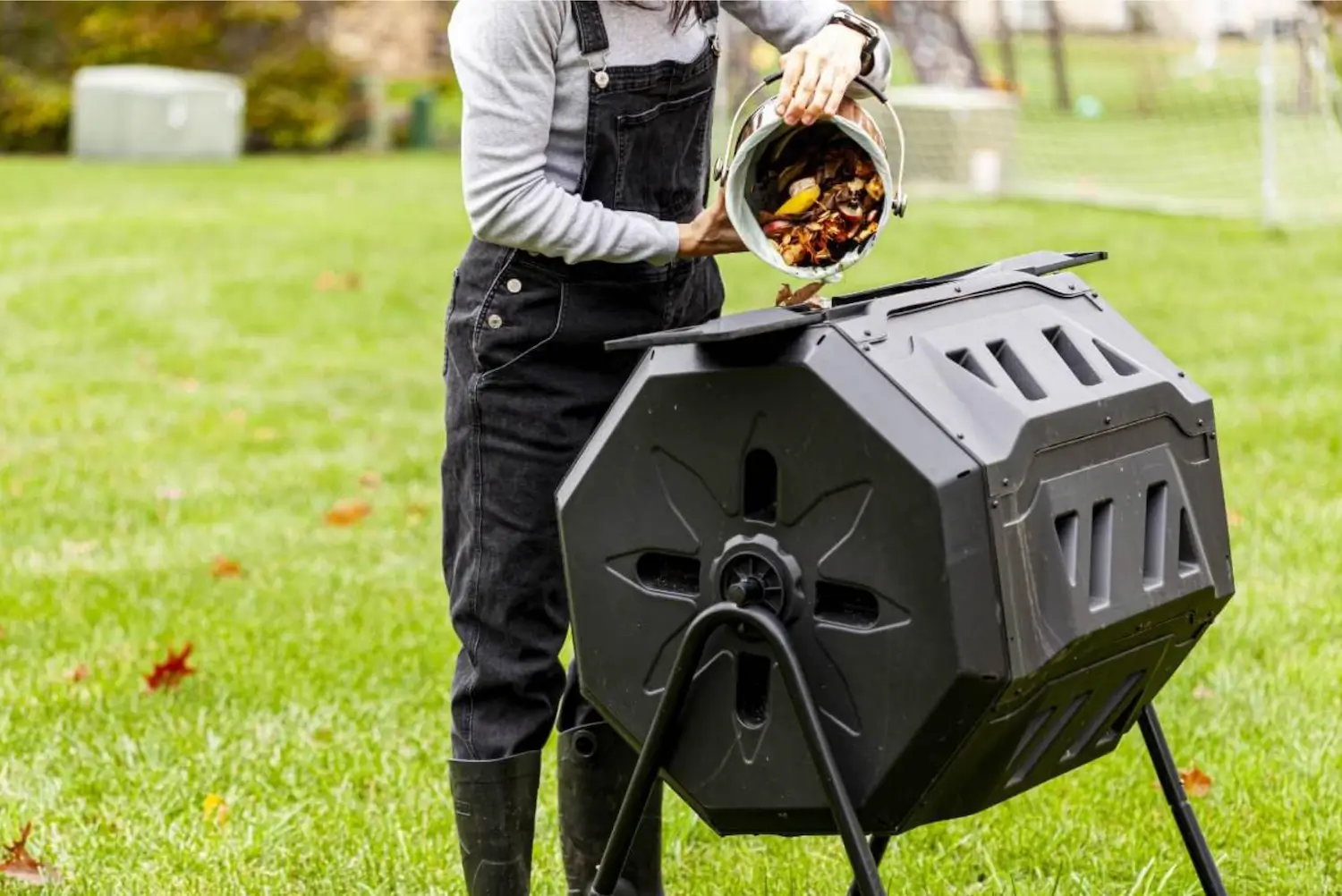
Soil Health & Fertilization
Victor Miller
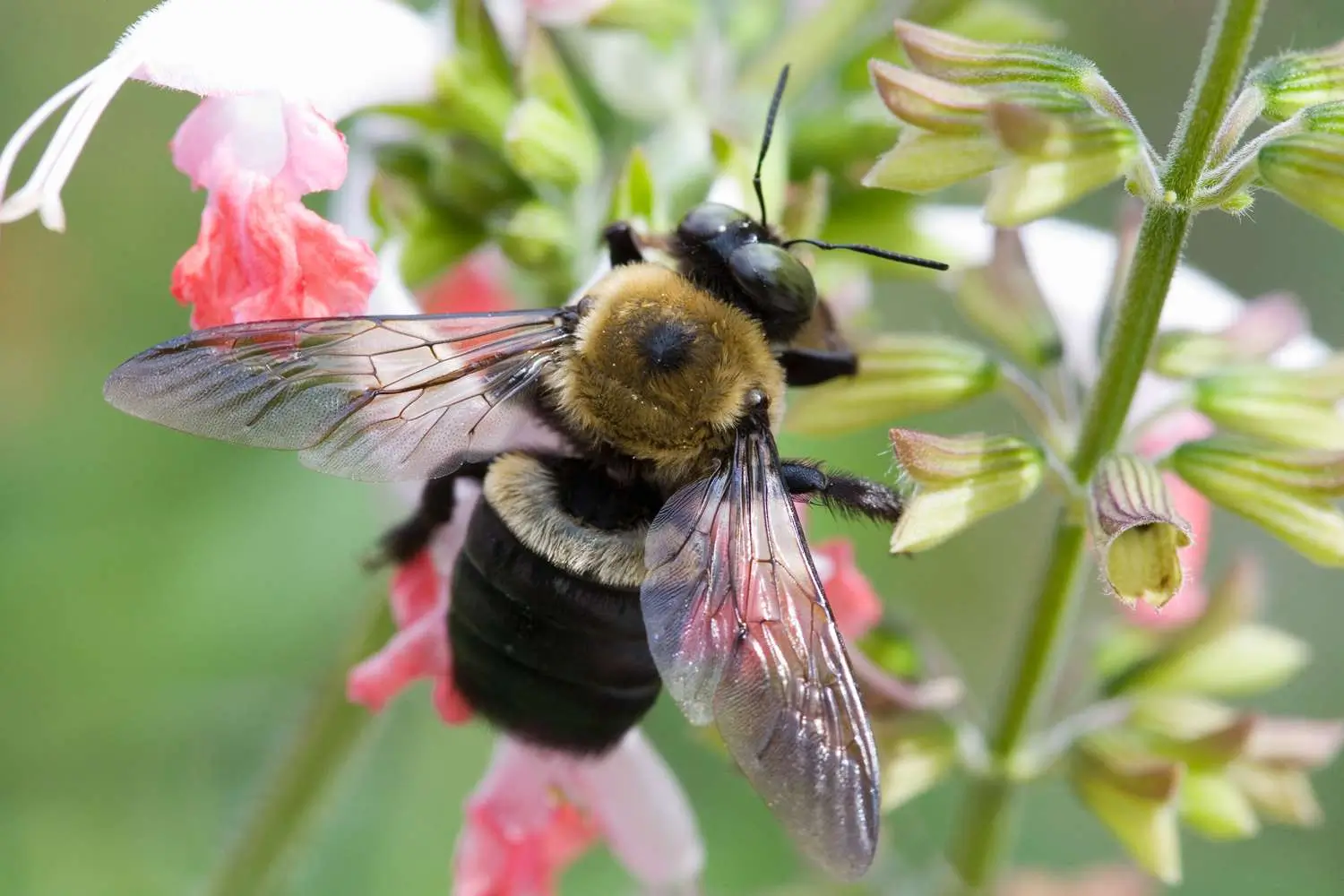
Pest Identification & Prevention
Victor Miller
My Account
Our team is always here to help.
We are open Monday - Friday, 9:00 AM to 4:30 PM PST.